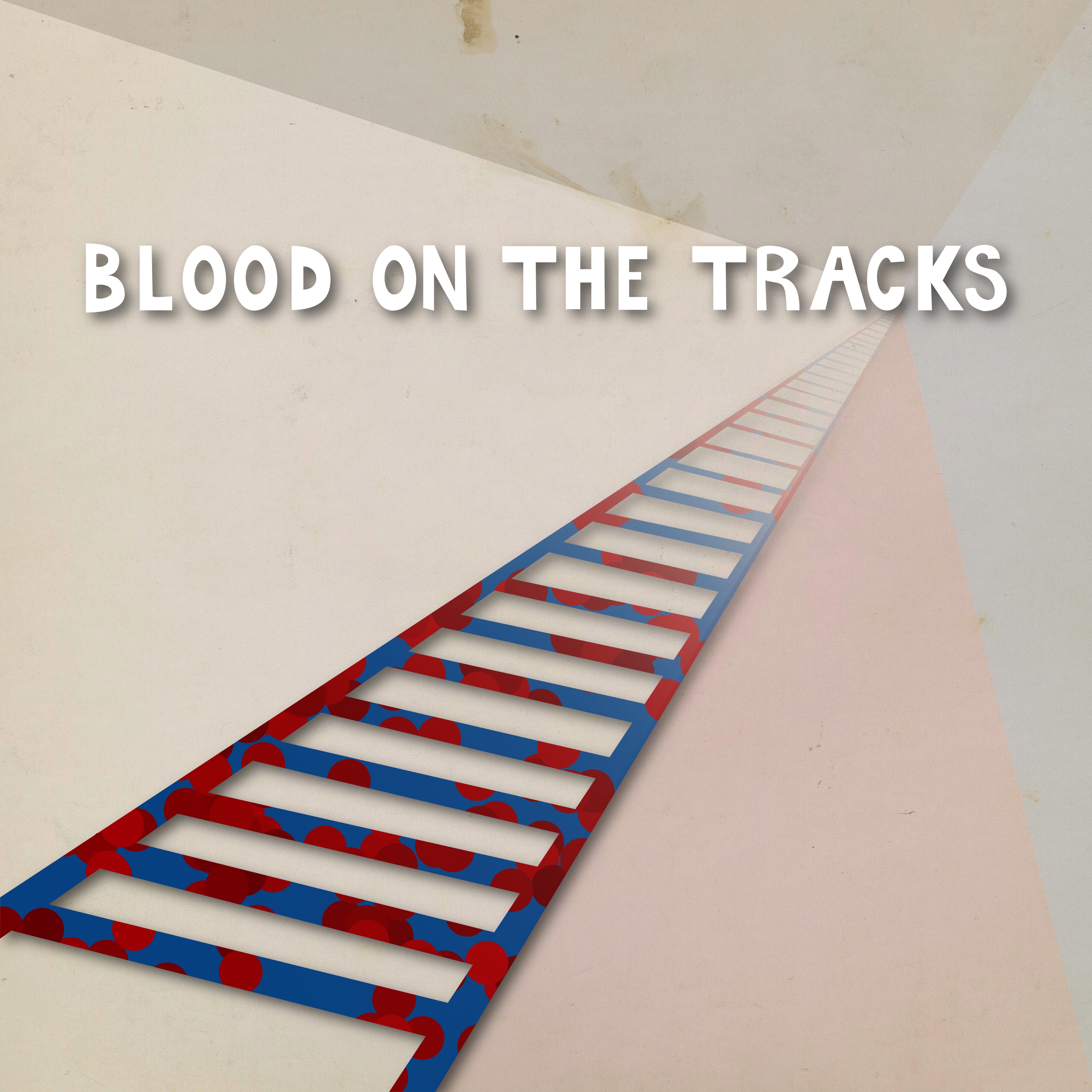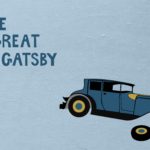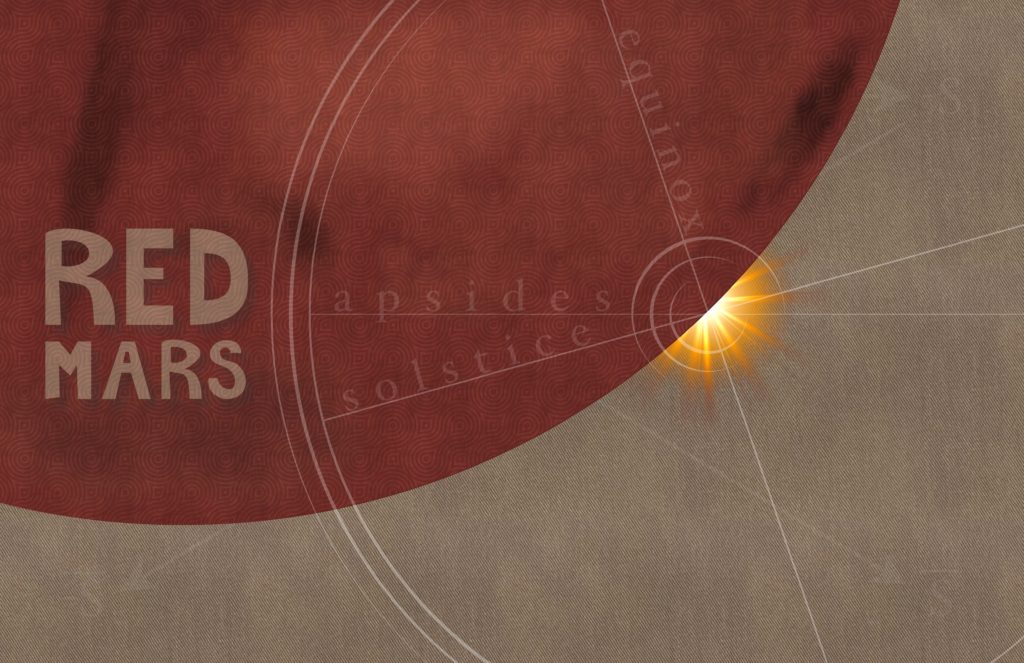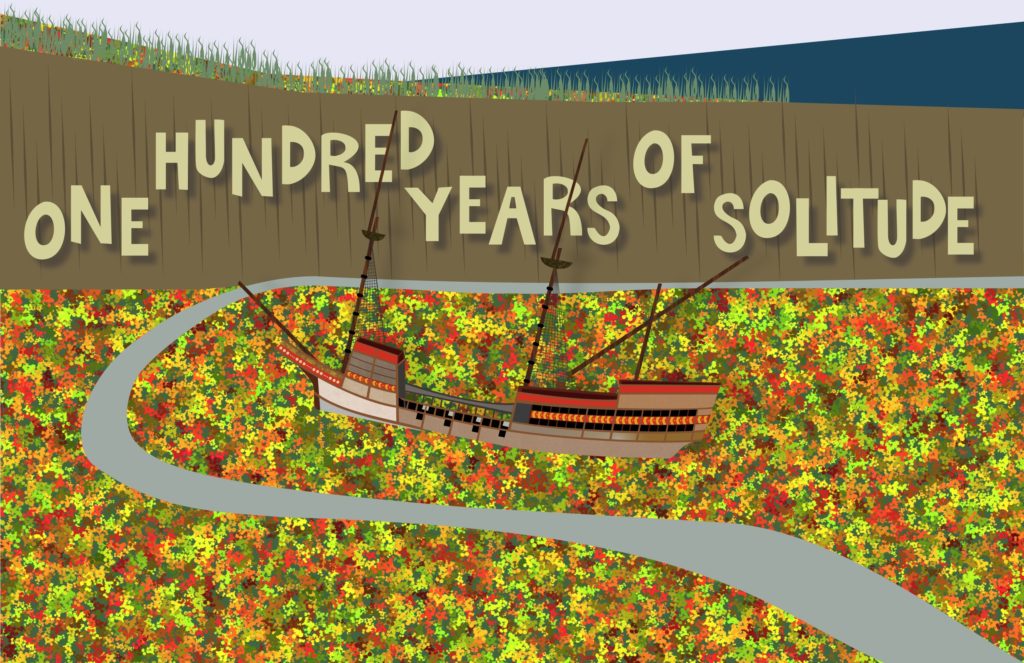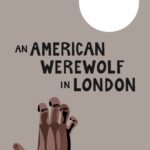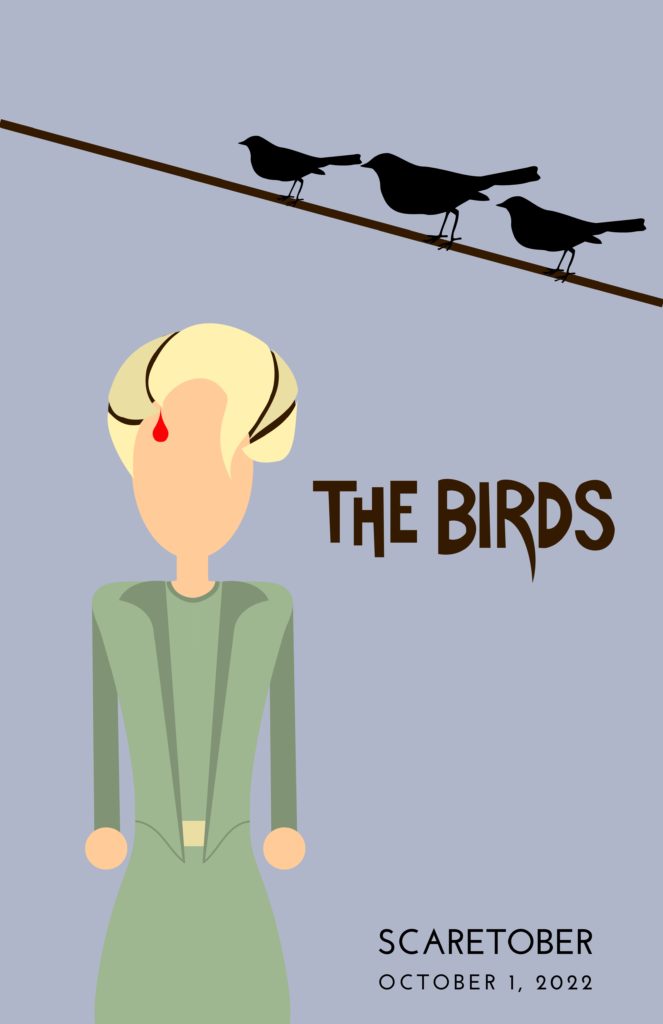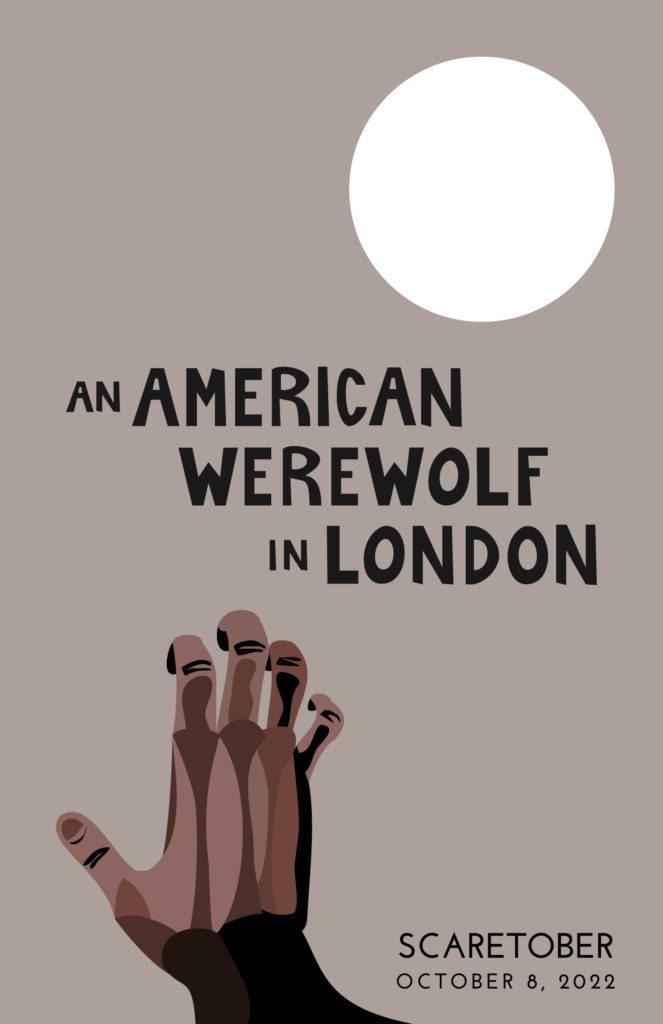
A well written novel quenches my thirst for a good story. In hunting high and low for tales of adventure and intrigue, I stumbled upon a mind-bending sci-fi saga. The Hyperion Cantos features challenging ideas about society, culture, and the future. It spans four novels over 2,000 plus pages. Recently, I read the first novel, Hyperion.
Written by Dan Simmons and published in 1989, Hyperion won the Hugo Award for Best Novel. Hyperion weaves six novellas together to tell a larger narrative. In that way, Hyperion takes a note from The Canterbury Tales by Geoffrey Chaucer.
800 years in the future, society consists of a network of hundreds of planets called the Hegemony of Man. Artificial intelligence has evolved into its own society called the TechnoCore. Mutated humans called the Ousters are at war with the Hegemony. The TechnoCore and the Hegemony live in an unstable symbiosis. One world that’s outside the network, Hyperion, has strange temporal qualities. There, edifices called Time Tombs run backwards in time. An atemporal monster called the Shrike guards the Tombs. All three factions want to use the Time Tombs for different ends. Seven pilgrims make a one-way trip to the Time Tombs, each to make a request of the Shrike. As they make their way, each tells his or her story about why he or she has decided to make such a risky journey.
A priest tells the first tale. He wants to return to Hyperion because a parasite causes him tremendous pain. The further he gets from Hyperion, the more he hurts. A soldier tells the second tale. He desires to return to Hyperion to kill the Shrike. The Shrike seduced him, manipulated him, and almost used him to cause an interstellar war. A poet tells the third tale. He wants to return to Hyperion so that he can finish his magnum opus–the Shrike is his muse. A professor tells the fourth tale. He desires to go to Hyperion because his daughter had an accident there and she’s aging backwards. The professor holds his infant daughter in his arms throughout the novel. A private investigator tells the fifth tale. She goes to Hyperion because the Shrike Church offered her asylum to do so. She’s also pregnant with the cybrid offspring of John Keats, the poet (Weird, right?). A politician tells the last tale. He wants to go to Hyperion because his ancestors fought against the Hegemony, and he is a spy.
The strength of Hyperion is its world building. Humankind left Old Earth becuase someone opened a small black hole there. Oops. Familiar sci-fi tropes like wormholes and time debt get a fresh treatment. The wealthy, for example, have mansions with rooms on many worlds. Time debt is inevitable in space travel. Traveling at light speed creates a shorter relative time frame for the traveler. What if the traveler was a sailor and came to port every 11 years? And to the sailor, that 11 years was only a few months? Fresh context creates fresh story.
Hyperion makes relevant social commentary as well. What are the implications for Christianity and Judaism in an interstellar society? What happens if artificial intelligence maxes out? Is connectedness true progress?
The two weaknesses of Hyperion are more practical concerns than story issues. Would seven people be this chatty when traveling to face certain doom? Probably not. And then, the novel just sort of ends without resolving the overarching narrative. But then again, there are three other novels in the series. In that light, Hyperion serves as a prelude of a larger story.
